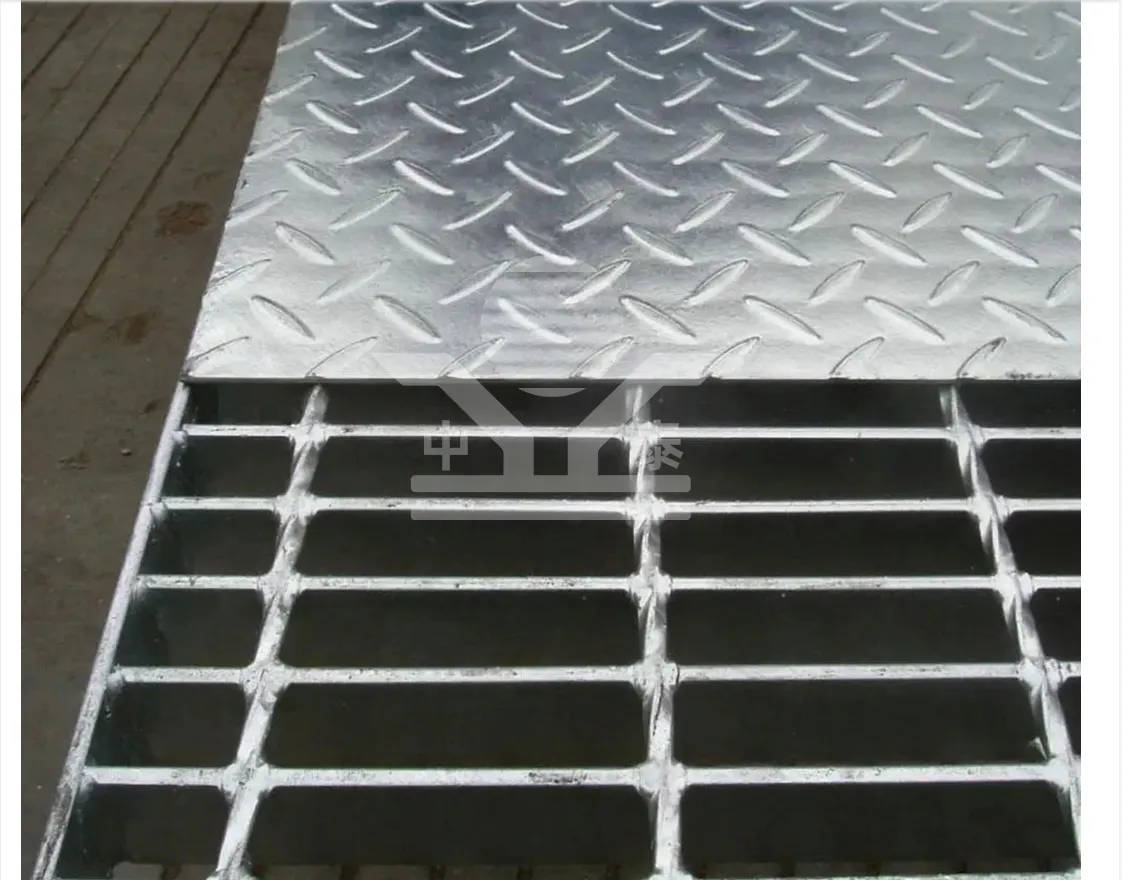Understanding Grating Steel Floors A Functional and Durable Flooring Solution
Grating steel floors have become increasingly popular in various industries due to their functional and aesthetic qualities. Constructed from steel, these flooring systems offer a unique blend of durability and safety, making them an ideal choice for warehouses, factories, and outdoor environments where heavy foot traffic and machinery operations are common.
One of the primary advantages of grating steel floors is their strength. Steel is known for its high tensile strength, which makes it capable of withstanding significant weight loads and impacts. This characteristic is especially important in industrial settings where heavy equipment is frequently moved, and floors are subjected to constant wear and tear. Grating steel floors are often designed to support heavy machinery, making them an indispensable component of industrial infrastructure.
In addition to strength, another significant benefit of grating steel floors is their slip resistance. The open structure of the grating allows for excellent drainage and minimizes the accumulation of water, oil, or debris that can create hazardous slippery conditions. Many grating systems also feature a surface texture that enhances grip and traction, further reducing the risk of slips and falls in workplaces where safety is a top priority.
Grating steel floors are also versatile in their application. They can be used in various settings, from pedestrian walkways and loading docks to power plants and commercial properties. The design can be customized based on the specific requirements of a project, including the spacing of the grating bars, the thickness of the steel, and the finish applied to the surface. This adaptability ensures that grating steel floors can meet the diverse needs of different industries.
grating steel floor

From an aesthetic perspective, grating steel floors can contribute to a modern and industrial look. They can be utilized in both indoor and outdoor settings, offering an appealing visual element while maintaining functionality. Architects and designers appreciate the seamless integration of grating floors into their designs, enhancing the overall architectural appeal without compromising performance.
Maintenance is another consideration when it comes to flooring solutions. Grating steel floors require relatively low maintenance, which is advantageous for businesses looking to minimize downtime and operational costs. The open structure allows for easy cleaning, as dirt and debris are less likely to accumulate. Additionally, steel is robust against multiple environmental factors, making it suitable for outdoor applications that may encounter moisture, UV exposure, and extreme temperatures.
Another important aspect of grating steel floors is their sustainability. Steel is a recyclable material, and many manufacturers prioritize eco-friendly practices in their production processes. This alignment with sustainable practices resonates with companies aiming to reduce their environmental footprint. Investing in grating steel flooring can therefore be seen as a commitment to sustainability while benefiting from the material's durability.
In conclusion, grating steel floors are an exemplary solution for various industrial and commercial applications. Their robust strength, slip resistance, versatility, low maintenance requirements, and aesthetic appeal make them a preferred choice for many businesses. As industries evolve and seek better flooring solutions, grating steel floors will likely continue to play a significant role in supporting the demands of modern infrastructure. By combining functionality with sustainability, grating steel flooring represents a forward-thinking choice for businesses committed to quality and safety in their operations.
-
Steel Walkway Grating Prices Explained: Essential Insights for Industry and Infrastructure
NewsNov.24,2025
-
Comprehensive Guide to Steel Grating Price and Its Global Impact
NewsNov.24,2025
-
Understanding Heavy Duty Steel Grating Price: Global Insights & Industry Trends
NewsNov.23,2025
-
Essential Guide to Wire Mesh Grating: Uses, Benefits & Innovations
NewsNov.23,2025
-
Welded Steel Bar Grating: Durable Solutions for Industrial Walkways & Infrastructure
NewsNov.22,2025
-
Wedge Wire Drain Solutions: Durable, Efficient Water Filtration and Drainage
NewsNov.22,2025
Subscribe now!
Stay up to date with the latest on Fry Steeland industry news.

